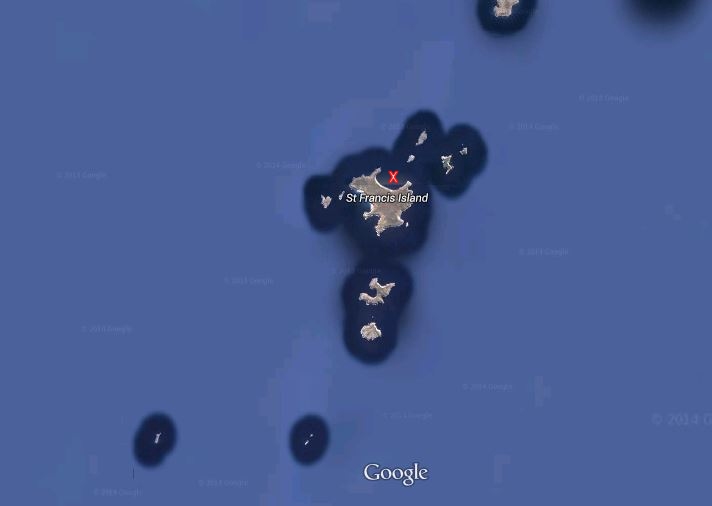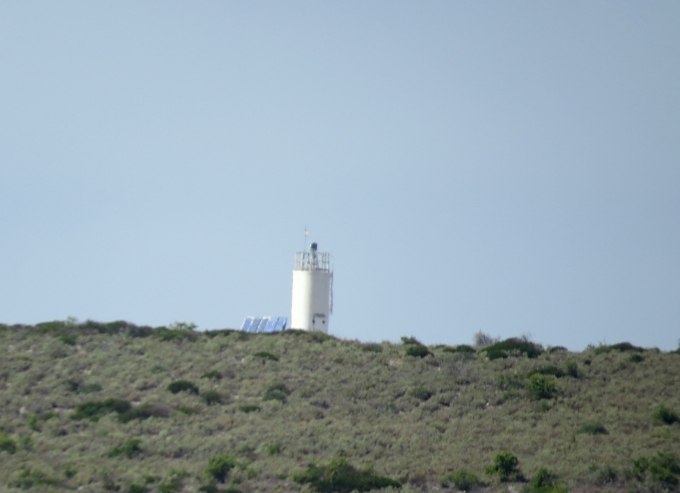St. Francis Island - The Neighborhood
/I guess it's time we told you a little bit about our neighborhood at the moment. St. Francis Island first appeared on a Dutch map in 1644 as Eyland St. François. One of the first parts of South Australia to be explored by Europeans, the Dutch navigator, François Thijssen captain of the Dutch East India Company ship “t Gulden Zeepaerdt (The Golden Seahorse) mapped the island and named it after his patron saint in 1627.
St. Francis is part of Nuyts Archipelago, a group of about 30 islands and reefs lying off Ceduna, at the eastern end of the GAB. The archipelago was explored and named by none other than Matthew Flinders during his voyage of 1802. During the 19th century, these islands were used as a base for sealing and whaling. Today they are part of the Nuyts Archipelago Conservation Park, established in 1972 “to conserve island populations and provide a habitat for endangered species.”
It's an important bird area with over 1% of the world population of muttonbirds (short-tailed shearwaters), white-faced petrels and pied oystercatchers in residence. Supposedly over 1,000 pair of little penguins (aka blue penguins) also call the archipelago home, as well as Pacific gulls, Caspian terns, crested terns, egrets, osprey and white-bellied sea eagles. The smaller islets and reefs provide breeding sites for Australian Sea Lions. Tiger snakes and southern carpet pythons also occur in the islands along with rats, bandicoots and bettongs.
At about 2,000 acres (809 ha), St. Francis is the second largest island in the archipelago. It is covered by a mix of grassland, saltbush and low shrubs, and reportedly supports a very large population of muttonbirds (estimated at 273,000 pairs .. I wondered who counted? WOW!). On its highest point, ~265' (81m), there's an automated lighthouse and radio beacon.
The island has a long history of agricultural use as well as of guano mining. From the boat, we can see the rather nondescript lighthouse, as well as two old buildings, now ramshackle and falling down. One tin roof has Scarlett Rose 1995 painted on it. Graffiti even here! Now that the wind has calmed a bit, we can hear the cacophony of what we assume is the non-melodic squawking of muttonbirds.
The beach before us looks like a good landing spot. Early this morning, dolphins were working hard as a team, corralled fish for their breakfast. At times we could see nothing but fins, then one would jump high and slap a tail and a frenzy occurred which we think was breakfast.
How plans change! A trip to the island to explore was on the agenda for the morning, but a change in the weather forecast had us scurrying to depart by Noon. Ah, a lost opportunity, but another one found. We'll miss out on 273,000 pairs of muttonbirds, remnants of the guano mining pursuit and snakes, but we'll have a good run to Eucla, our next stop. Read more about our passage to Eucla in the coming days.






